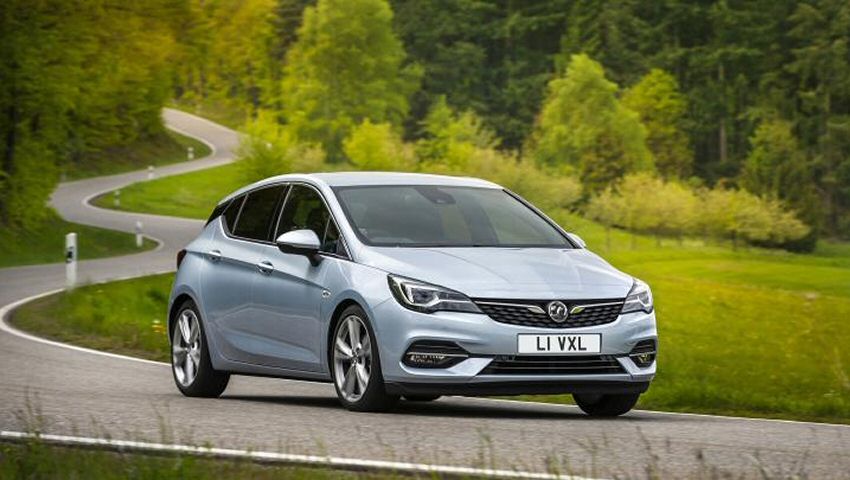
2019 Vauxhall Astra facelift
The car in the photo is a Vauxhall Astra but you know this already as it’s Vauxhall’s best-selling car. However, this one is different, it’s actually new.
Ok, it may not look particularly new but this is because Vauxhall fully understands that what their customers like about this car is the way it looks. So, as a mid-life facelift for a car that was first introduced in 2015, there are only a handful of exterior changes. At the front end you get new lights, a new grille and well…that’s about it.
Take a look inside the 2019 Astra and you’ll find that it’s all rather nice. You get a 7 or 8 inch touchscreen infotainment system dependant on which trim you opt for. In higher spec models a you get a digital instrument panel in place of the traditional analogue dials. The seats are comfortable enough and the driving position is pretty good too. As a whole the cabin has a quality feel to it. Ok it doesn’t quite reach Volkswagen Golf levels but it’s certainly better than the Ford Focus. The space you get in the back is more than reasonable for rear seat passengers as is the boot size.
The big changes with the facelifted 2019 Astra are actually evident under the bonnet. All of the engines in the new Astra are completely new and all of the old ones are completely gone. The new engines are designed firmly with fuel economy and Co2 emissions in mind. They not only have smaller capacities but they’re also all 3-cylinder units rather than the more traditional 4-cylinder ones.
Fuel economy is all well and good but what does this all mean for how this Astra drives? Well, 80% of Astras are actually sold to the fleet industry where lower emissions and better fuel economy mean lower running costs and lower company car tax. So, the move to smaller and more efficient engines will, on paper at least, be a bigger attraction. The car we used as a basis for this article was the 1.5 litre diesel which has been attached to a 9-speed automatic gearbox. All in all we’d have to say that it’s rather good. It has 122 brake horse power (bhp) and as a result feels both sprightly and responsive. The only caveat is that it feels a little chuggy at lower speeds. The automatic gearbox is good too due to its smoothness and unobtrusive manner. We also tried to 1.2 litre petrol engine which comes with either 110, 130 or 145 bhp with the latter being impressively smooth and strong. There was never a point where we felt that the car was missing that extra fourth cylinder so it seems, based on our small taster, that you won’t lose any of that driving enjoyment in the name of fuel saving.
Engines aside, the Vauxhall Astra is a very good car to drive. The suspension has been tweaked for this particular model and we’ve found that on 95% of the road surfaces we tested it on that it’s been impressively comfortable and subtle. Having said this there has been the occasional gnarly B-road where it’s felt a little bit bobbly and busy but it’s not too bad. Mostly, it’s absolutely fine and also quite engaging behind the wheel. The steering is nicely weighted and communicative and the car genuinely feels agile and spritely through the corners – it’s actually quite confidence inspiring. The Ford Focus still remains our hatchback of choice but the Vauxhall Astra really isn’t that far behind it.
The changes to the Astra may have been driven by a desire to lower emissions and lower fuel economy but they’ve done nothing to dampen its broader appeal. The new engines that we tried performed very well while the car itself is a comfortable and practical hatchback that handles impressively well too. We’d have to say that it fully deserves its place amongst the very top cars of its type. It also now has the added bonus of being cheaper to run and better for the environment. If you fancy getting behind the wheel of a Vauxhall Astra then head to DesperateSeller.co.uk where we have a huge selection of used Vauxhall Astra cars for sale.













